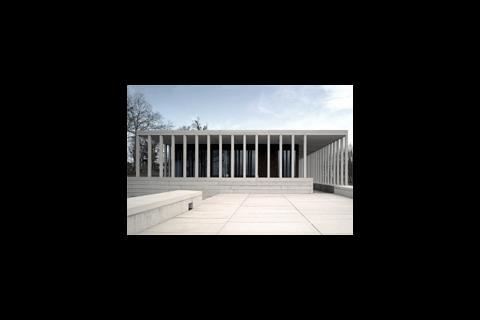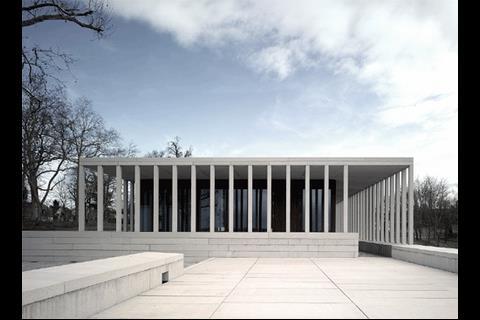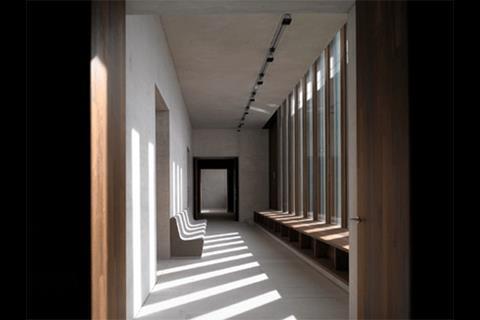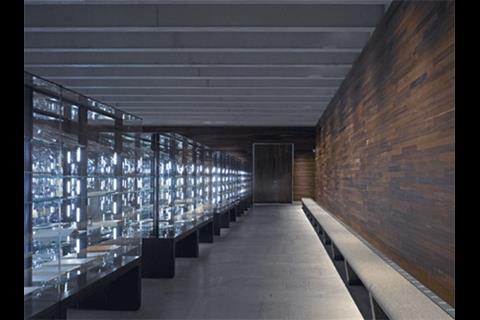Architect picks up RIBA award for Museum of Modern Literature in Germany
David Chipperfield Architects’ Museum of Modern Literature in Marbach am Neckar, Germany has won the RIBA Stirling Prize.
The museum brings together, for the first time since reunification, texts from a variety of German authors which had previously been dispersed in former East and West Germany.
The judges said: “This is a building that is simultaneously rich and restrained, a trick Chipperfield pulls off as well as any architect working today.
“The architect's control and discrimination in the choice of materials has by now become a signature but above all it is in the handling of the 'difficult whole' that the building excels.”
This is the first time a building designed by David Chipperfield has won the £20,000 Stirling prize.
RIBA president Sunand Prasad announced the winner at the Roundhouse in London on Saturday.
The judges added: “You can see that every penny spent has been carefully considered but that the right way to do things has always been chosen over the cheapest.
“Since the end of the war Germany has been sensitive to matters concerning the neo-classical in architecture. Had it been submitted a decade or two earlier it would surely have been eliminated for its formal manner.”
The Museum of Modern Literature beat off stiff competition from five other contenders: America's Cup Building by David Chipperfield Architects, Casa da Musica by the Office for Metropolitan Architecture with Arup-AFA, Dresden Station redevelopment by Foster + Partners, the Savill Building by Glenn Howells Architects, and the Young Vic Theatre by Haworth Tompkins.
Judges verdict:
"In a suitably commemorative manner the building forms a small Acropolis attached to the National Schiller Museum on a ridge overlooking the valley of the River Neckar.
"The entrance sequence is brilliant. The visitor crosses an open terrace overlooking the valley, negotiates a series of shallow steps to enter the generous portal formed in the colonnade, and then enters through giant hardwood doors.
"A staircase descends to the collections with their required diminishing lighting levels. It is at this moment of descent that the building shows its pedigree – a sense of a progression to somewhere beyond, combined with a rich but selective palette of materials and illuminated with subdued top lighting.
"The route concludes in the permanent collection. Here glass cases containing original manuscripts form a magical flickering landscape.
"There is a particular theatricality about this space, as though the reflections, refractions and multiple shadows from the small intense lights collectively represent the soul of the German imagination."

































1 Readers' comment